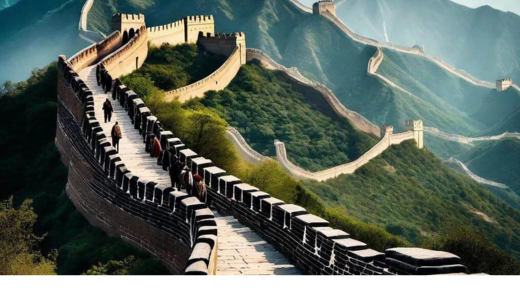1. Understanding the Concept
The term “countryside” often evokes images of serene landscapes, quaint villages, and lush greenery. But where exactly is the countryside located?
2. Geographic Diversity
Countryside can be found in various geographic locations, ranging from rolling hills and farmlands to coastal regions and mountainous terrains.
3. Rural Areas
Primarily, countryside refers to rural areas located outside urban centers. These regions typically have lower population densities and are characterized by agricultural activities.
4. Distance from Cities
One defining feature of countryside is its distance from major cities. It offers a retreat from the hustle and bustle of urban life, providing a tranquil environment.
5. Cultural Significance
Countryside holds immense cultural significance, often depicted in literature, art, and folklore as a symbol of simplicity, tradition, and natural beauty.
6. Agricultural Heartlands
Many consider the countryside as the heartland of agriculture, where vast expanses of land are cultivated for crops and livestock farming.
7. Preservation of Nature
Countryside areas often boast pristine natural landscapes, including forests, rivers, and wildlife habitats, making them vital for biodiversity conservation.
8. Recreational Spaces
Beyond its agricultural importance, countryside areas offer recreational opportunities such as hiking, camping, and birdwatching, attracting nature enthusiasts.
9. Escape from Urbanization
In an era of rapid urbanization, countryside serves as a refuge for those seeking a slower pace of life and a closer connection to nature.
10. Historical Charm
Many countryside regions are steeped in history, with ancient landmarks, historic buildings, and cultural traditions adding to their allure.
11. Economic Contributions
Despite being less densely populated, countryside areas contribute significantly to the economy through agriculture, tourism, and small-scale industries.
12. Sense of Community
Tight-knit communities are a hallmark of countryside living, fostering strong social bonds and a shared appreciation for rural values.
13. Challenges Faced
However, countryside areas also face challenges such as depopulation, lack of infrastructure, and environmental degradation.
14. Sustainable Development
Efforts are underway to promote sustainable development in the countryside, balancing economic growth with environmental conservation and social equity.
15. Government Policies
Governments implement policies to support rural development, including incentives for agriculture, infrastructure investment, and access to essential services.
16. Technological Advancements
Advancements in technology, such as precision agriculture and renewable energy, are transforming the countryside, making farming more efficient and sustainable.
17. Tourism Potential
Countryside tourism is on the rise, with travelers seeking authentic experiences and a glimpse into rural life, benefiting local economies.
18. Cultural Experiences
Visitors to the countryside can immerse themselves in local culture, enjoying traditional cuisine, folk music, and festivals unique to each region.
19. Environmental Conservation
Conserving the countryside is essential for preserving biodiversity, mitigating climate change, and safeguarding natural resources for future generations.
20. Community Empowerment
Empowering rural communities through education, healthcare, and economic opportunities is crucial for ensuring their long-term prosperity.
21. Balancing Development
Balancing development with environmental and cultural preservation is key to sustaining the charm and vitality of the countryside.
22. Global Perspectives
Countryside landscapes vary globally, from the English countryside to the rice paddies of Southeast Asia, each offering its own distinct beauty and character.
23. Changing Demographics
Demographic shifts, including urban migration and aging populations, pose both challenges and opportunities for countryside communities.
24. Future Prospects
The future of the countryside depends on collaborative efforts to address socio-economic disparities, environmental concerns, and cultural preservation.
25. Conclusion
In conclusion, the countryside is not just a physical location but a rich tapestry of landscapes, communities, and traditions. Its significance transcends boundaries, embodying the essence of rural life and offering a sanctuary for those seeking solace in nature.



